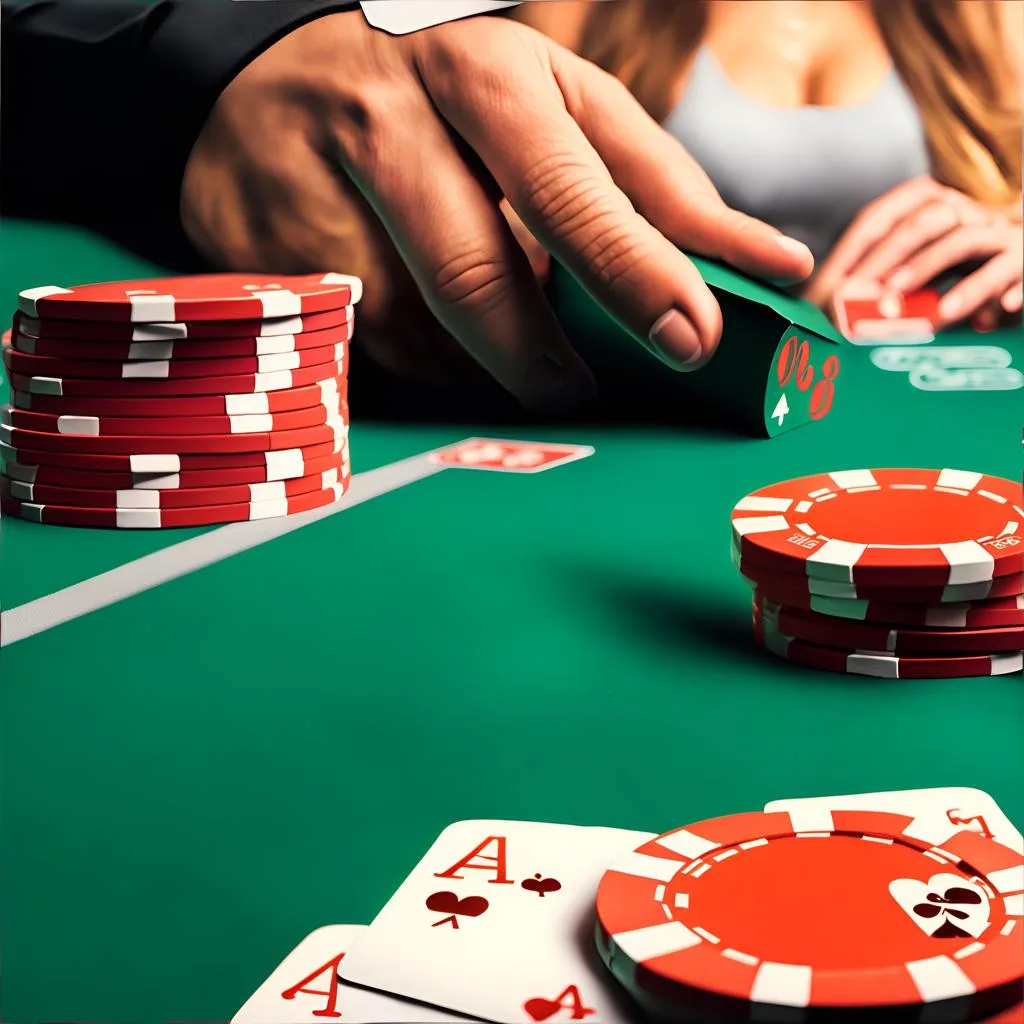
Poker bluffing is an essential skill that can give players an advantage at the table. It involves attempting to deceive or mislead opponents by making them believe in something that’s not true. Bluffing is often associated with card games, mainly poker, where players use various tactics to mislead opponents. To be successful, you need to consider several factors, including gameplay dynamics, stakes, number of players, your reputation at the table, and the tendencies of your opponents.
Knowing When to Bluff and Hold Back
Skilled players have a specific bluffing skill set that enables them to maximize their expected value and profit the most through bluffing. By incorporating bluffing into their game, players can keep their opponents on their toes and create opportunities to win big.
When deciding how much to bet, you must consider all the possible hands in your range and choose the sizing and frequency that will take them into account. This will help you determine which indicators will be the best bluff candidates and which ones you can include for value. Bluffing on the river is different from bluffing on the flop and turn. Once all the community cards are out, the equities of hands are fully realized, and you will either have the best hand or not. Equities often run much closer together on the flop and turn, so it’s acceptable to bluff more often.
Five Unique Tips to Improve Your Bluffing Skills
- Pay attention to your opponent’s betting patterns.
- Be selective with your bluff hands.
- Don’t overuse your bluffs.
- Take advantage of the opponent’s weaknesses.
- Use consistent bet sizing.
Semi-Bluffing in Poker
Semi-bluffing is a tactic where a player bets with a low-value hand in hopes of improving it on future streets. By betting on draws, players can create a larger pot and deny their opponent’s equity realization, potentially winning the pot. There are four hand categories that you can sort into: strong-made hands, marginal-made hands, draws, and air.
In conclusion, poker bluffing requires skill, strategy, reading, and understanding other people’s behavior and reactions. With practice and experience, you can become a successful bluffer and increase your chances of winning at the poker table. Remember to be selective with your bluffs, pay attention to your opponent’s tendencies, and use consistent bet sizing. Incorporating bluffing into your game can help you keep your opponents on their toes and create opportunities to win big.
Spotting a Bluff in Poker
To spot a bluff, pay attention to your opponents’ body language, eye movements, and betting patterns. A player looking stiff or sliding a large pile of chips forward could indicate a bluff, while casual behavior may indicate a strong hand. Pupil dilation often means a strong hand, while shaky hands may show nervousness and a bluff.
When bluffing, consider gameplay dynamics, the number of players, your reputation at the table, and your opponents’ tendencies. Choose your spots carefully and balance between bluffing and value betting to increase your chances of winning. Bet with Categories 1 and 3 and check with Categories 2 and 4. For semi-bluffing, have one value hand for every two bluffs on the flop, one value hand for every one bluff on the turn, and two value hands for every one bluff on the river.
The best hands to semi-bluff with are those with little to no showdown value. It’s also important to know which draws to bet with and which to check, such as combo draws and select combos of Ace-high flush draws.
Understanding the Art of Bluffing
Remember that poker bluffing means attempting to deceive or mislead others, often by making them believe something is not true. An example of bluffing in poker is when a player pretends to have a strong hand by making aggressive bets to make their opponents fold. Synonyms for bluffing are deceiving, misleading, or tricking.
With practice and experience, you can become a skilled bluffer and take your poker game to the next level. So, pay close attention to your opponents and pick up on their body language to become a better hand-reader and more skilled at spotting bluffs.
